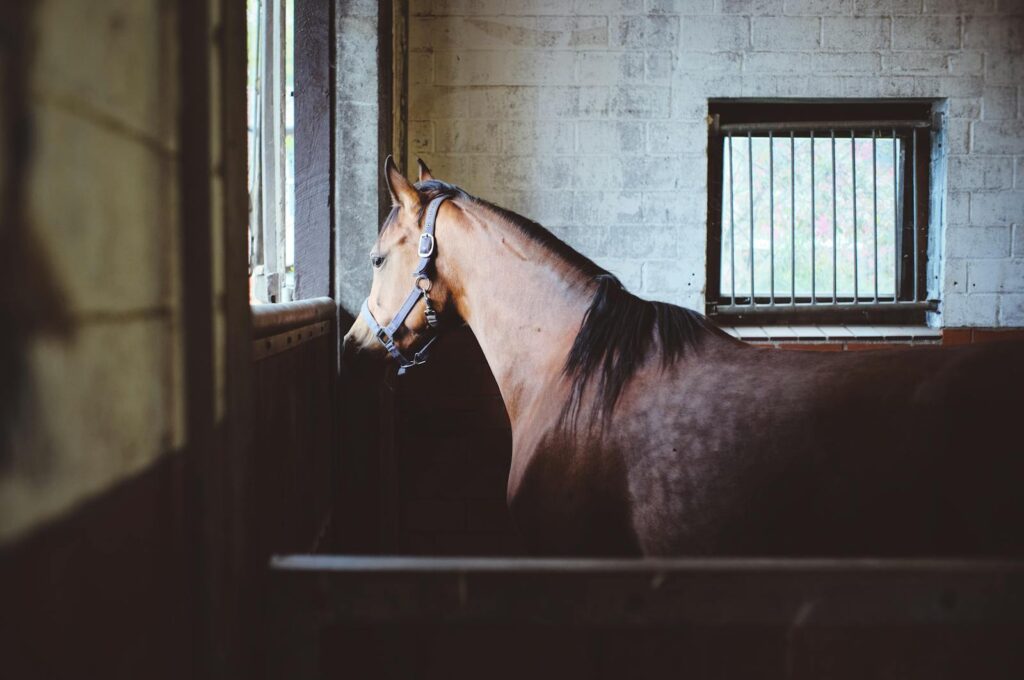Working with a spooky or anxious horse can be one of the most challenging aspects of horsemanship. These sensitive equines often react strongly to stimuli that other horses might ignore, making routine activities like trail riding, competition, or even basic handling potentially problematic and sometimes dangerous. Desensitization—the process of gradually introducing a horse to frightening stimuli in a controlled manner until they no longer react—requires patience, consistency, and the right approach. This comprehensive guide explores proven techniques to help anxious horses overcome their fears and build confidence, transforming them into more reliable and safer partners. Whether you’re dealing with a young horse encountering new experiences or rehabilitating a traumatized rescue, these methods can help you establish trust and create a foundation for progress.
Understanding the Science Behind Equine Fear Responses
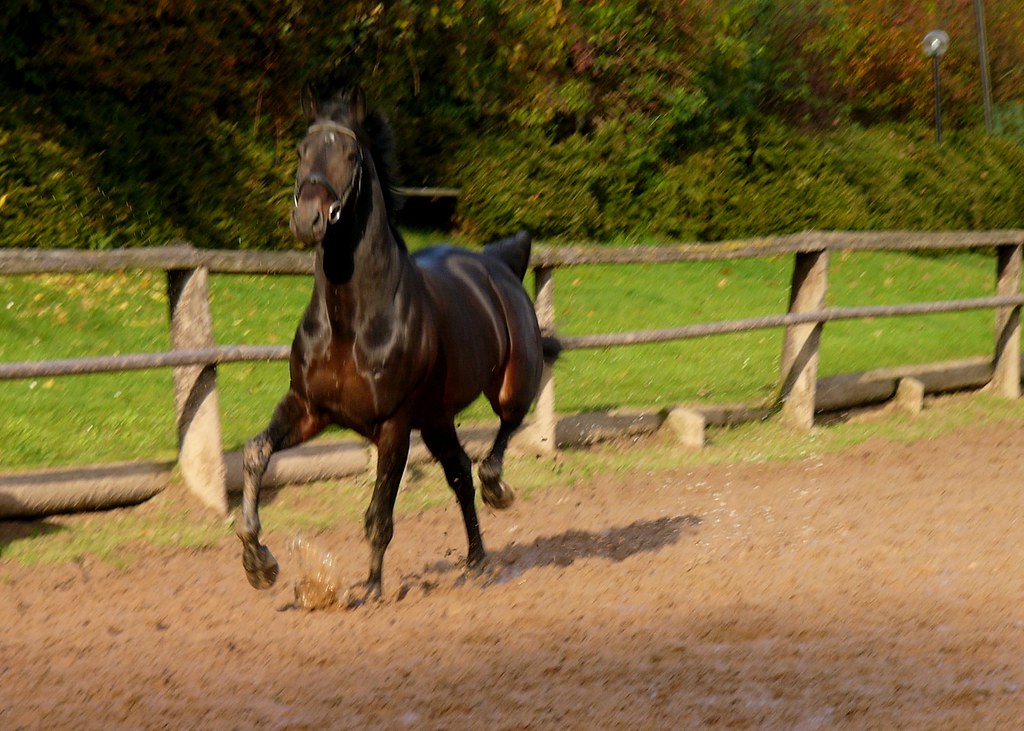
Horses are prey animals with deeply rooted survival instincts honed over millions of years, and their natural response to perceived danger typically follows a sequence: heightened alertness, then freezing, fleeing, or, less commonly, fighting. This automatic “fight or flight” reaction triggers a cascade of physiological changes—such as an elevated heart rate, increased muscle tension, and a surge of stress hormones like cortisol and adrenaline. Understanding that these behaviors are instinctive rather than deliberate helps handlers respond with empathy and patience during training and desensitization. Unlike humans, horses experience the world through a different sensory lens: they have nearly 360-degree vision, can hear frequencies beyond human range, and possess highly sensitive tactile receptors in their skin, muzzle, and whiskers. These evolved traits allowed horses to detect and react to threats in the wild instantly, which is why unfamiliar sights, sounds, or movements can still provoke intense reactions, even in well-trained, domesticated horses.
Establishing a Foundation of Trust and Leadership
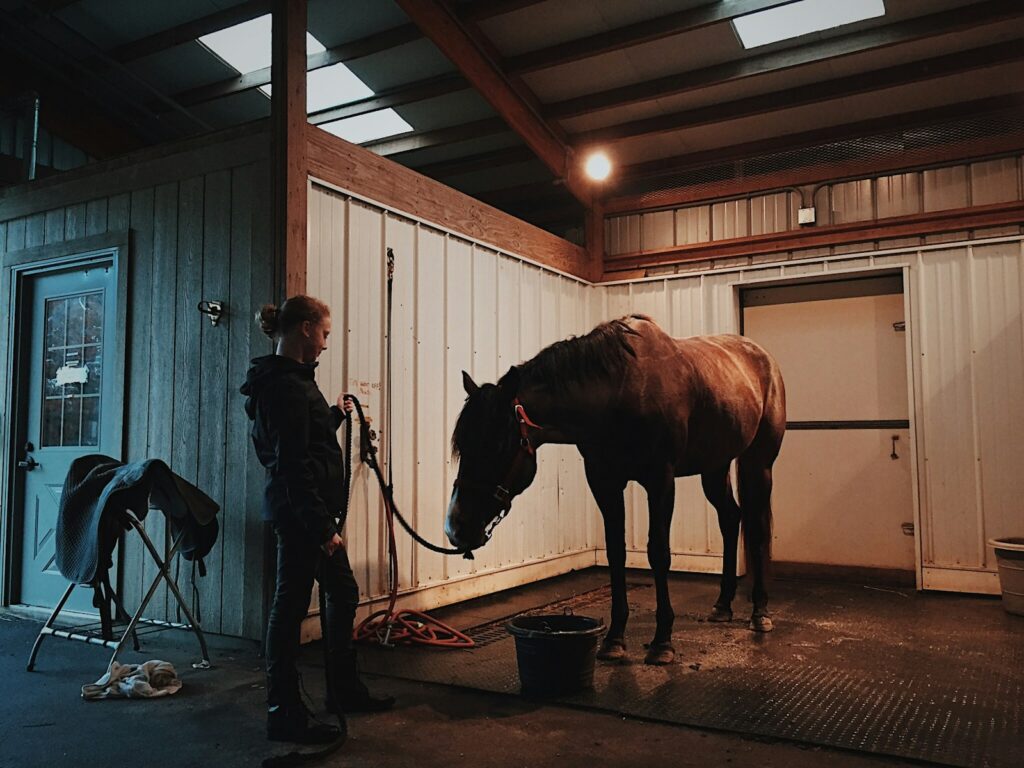
Before attempting any desensitization work, it’s essential to establish yourself as a trusted leader to build your horse’s confidence and willingness to face fears. As herd animals, horses instinctively look to a calm, consistent leader for guidance in uncertain situations. Daily groundwork that emphasizes clear communication, firm yet fair boundaries, and consistent expectations lays the foundation for this leadership. Positive, low-pressure interactions—such as grooming sessions where you respect your horse’s sensitivities while gradually increasing touch tolerance—build trust over time. Implementing predictable routines also helps anxious horses feel secure, as they learn to anticipate and understand what’s expected during each interaction. This trust-based relationship becomes a vital safety net during desensitization, allowing your horse to draw reassurance from your calm demeanor instead of reverting to instinctive fear responses.
Approach and Retreat: The Fundamental Desensitization Method
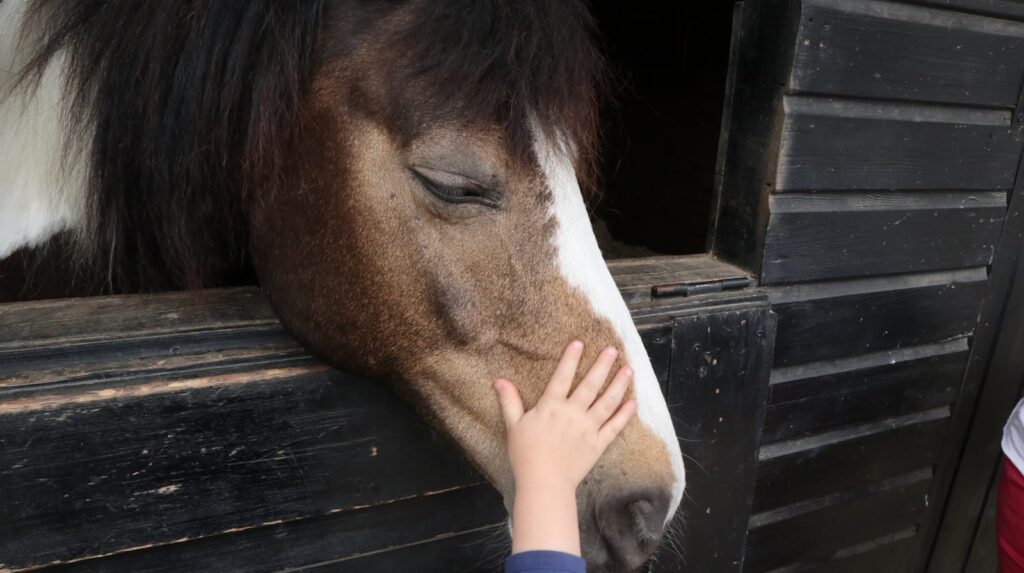
The approach-and-retreat method is a foundational technique in effective desensitization training, built on the principles of pressure and release that horses instinctively understand. This method involves introducing a frightening stimulus at a distance where the horse notices it but remains below their fear threshold—alert yet calm, without panicking or attempting to flee. The handler then removes the stimulus (the retreat) while the horse is still composed, reinforcing that calm behavior leads to relief. With each repetition, the stimulus is brought gradually closer or intensified slightly, always retreating before the horse becomes overwhelmed. This process teaches the horse that staying calm makes the pressure disappear and that the scary object poses no real threat. By allowing the horse to process new experiences at their own pace, the method builds genuine confidence rather than forcing compliance through restraint. Signs of success include visible relaxation such as a lowered head, softening eyes, licking and chewing, or sighing in the presence of the once-frightening stimulus.
Creating a Progressive Desensitization Plan
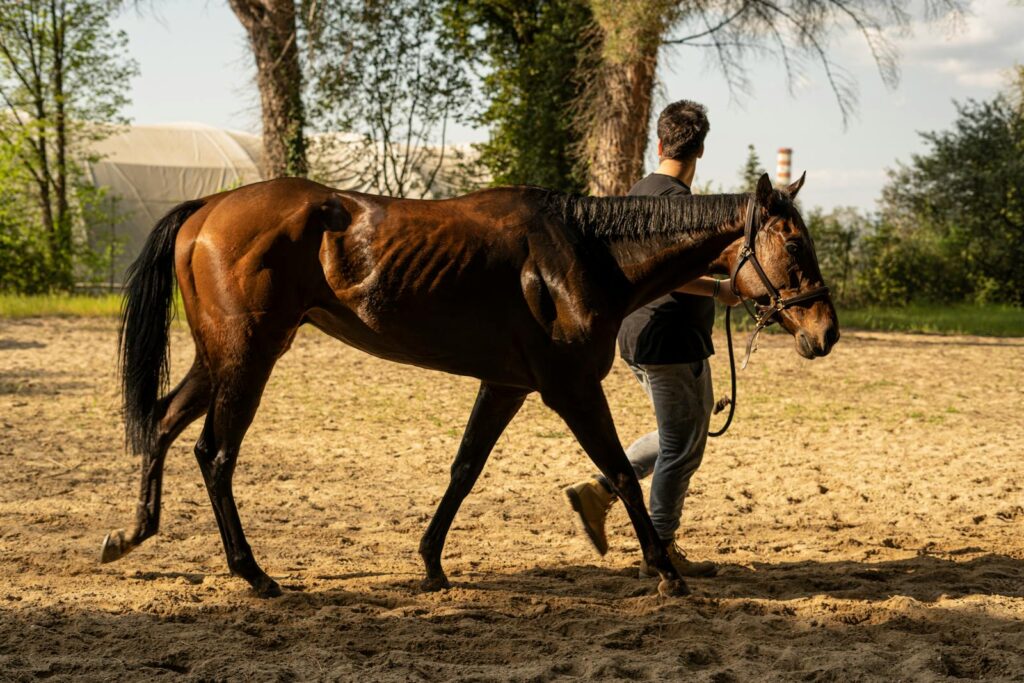
Effective desensitization requires thoughtful planning rather than random exposure to frightening stimuli. Start by identifying the specific triggers that cause your horse anxiety—such as plastic bags, flapping objects, loud noises, or challenging situations like trailer loading. Once these triggers are recognized, organize them from least to most intimidating based on your horse’s individual reactions, creating a personalized hierarchy of fears to work through. Set realistic expectations, understanding that desensitization is a gradual process that unfolds over multiple sessions, not a single breakthrough moment. Aim for shorter, more frequent training sessions (10–15 minutes), as horses learn more effectively through consistent repetition than through prolonged effort. Keep detailed notes on your horse’s reactions and which techniques prove most effective, tracking progress through observable changes like reduced startle responses, quicker recovery, or increased curiosity toward previously frightening objects. This record-keeping not only helps you stay motivated but also reveals patterns in your horse’s learning that can guide future training.
Pressure Habituation: The Art of Steady Exposure
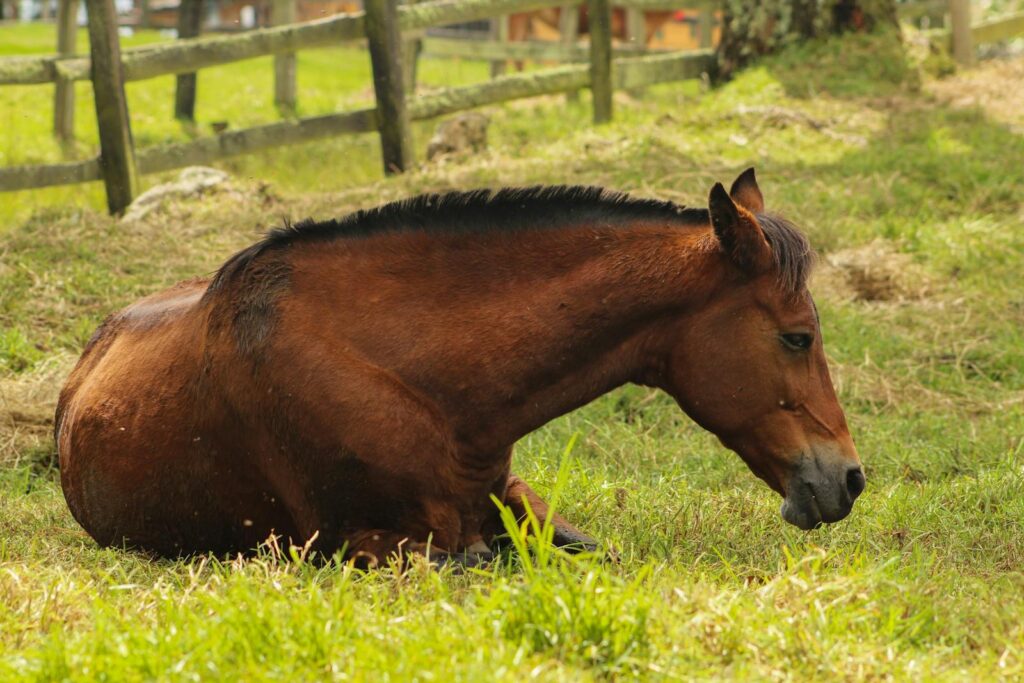
Pressure habituation differs from the approach-and-retreat method by maintaining steady exposure to a mild stimulus until the horse fully accepts it. This technique is especially effective for environmental triggers that cannot be easily removed, such as flapping objects, ambient noises, or scenarios where retreat is impractical. The process involves presenting the stimulus at a low intensity that induces minimal stress, then sustaining that exposure while preventing the horse from escaping or avoiding it. Throughout, the handler stays calm and neutral—avoiding both reassurance, which can reinforce anxiety, and punishment, which can heighten fear. Habituation occurs as the horse’s nervous system naturally downregulates its response when no actual threat emerges, a neurological process known as “sensory adaptation.” Progress becomes evident when the horse exhibits “extinction”—the complete disappearance of the fear response despite ongoing exposure. This technique demands careful judgment to ensure the stimulus remains within the horse’s coping threshold; overexposure can backfire and deepen the fear rather than promote acceptance.
Counter-Conditioning: Changing Emotional Associations
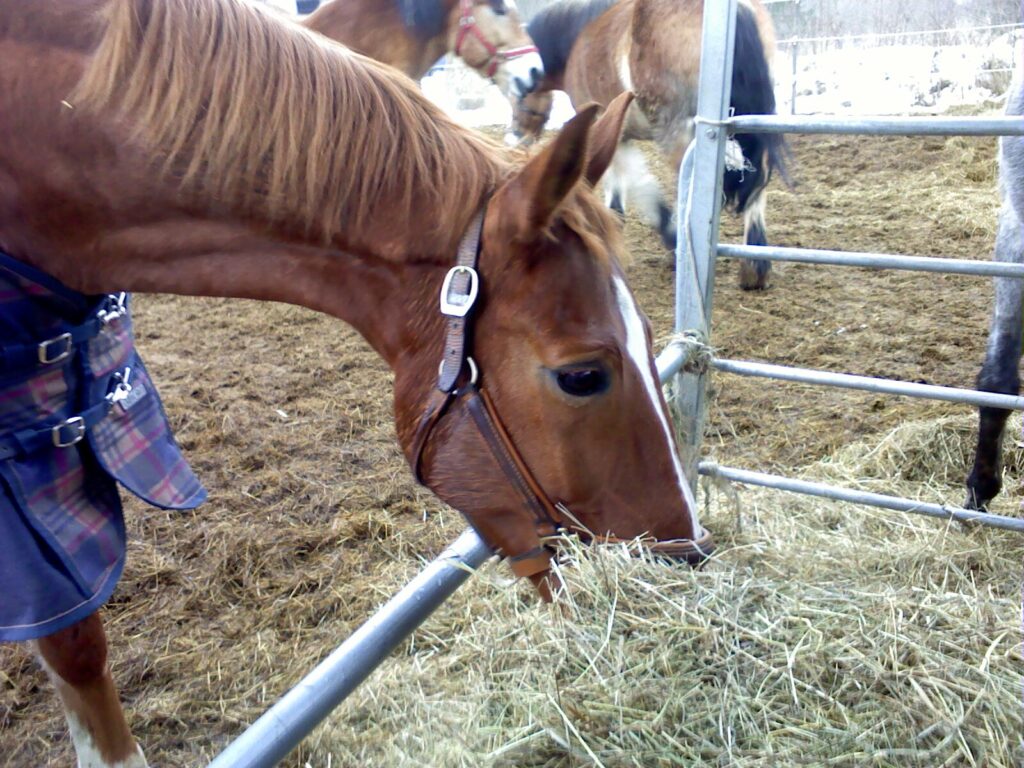
Counter-conditioning transforms negative associations into positive ones by pairing frightening stimuli with pleasant experiences. Unlike desensitization alone, which teaches a horse to tolerate a scary object, counter-conditioning changes how the horse feels about it. The process involves introducing the trigger at a distance or intensity that does not provoke fear, then immediately offering something the horse enjoys—such as treats, scratches in a favorite spot, or a release of pressure. With consistent repetition, the horse’s brain begins to associate the formerly frightening stimulus with positive outcomes rather than danger. This technique leverages classical conditioning—the learning process discovered by Pavlov—where involuntary emotional responses become linked to previously neutral stimuli. For maximum effectiveness, timing is critical: the pleasant experience must occur during or immediately after exposure to the trigger, not afterward as a reward for “behaving well.” Counter-conditioning is especially effective for horses with specific phobias or those who have developed fear through traumatic experiences, as it addresses the emotional root of fear rather than just its behavioral symptoms.
The Power of Clicker Training in Desensitization
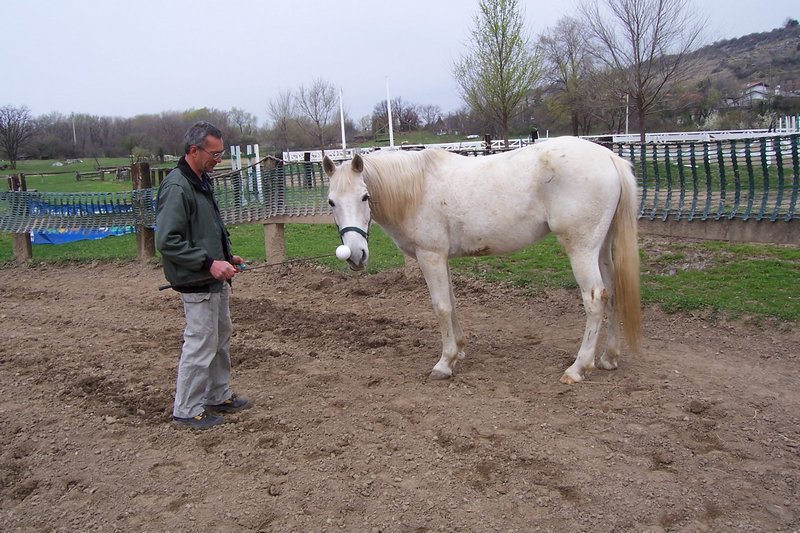
Clicker training provides precise positive reinforcement that can dramatically accelerate the desensitization process for many horses. This technique uses a distinct clicking sound to mark the exact moment of desired behavior, followed by a reward, creating clear communication that helps horses understand exactly what they’re being rewarded for. For desensitization work, the click marks moments of bravery, relaxation, or investigation of frightening objects, reinforcing these behaviors far more precisely than vocal praise or treats alone can accomplish. The methodology begins by “charging” the clicker—teaching the horse that the click predicts a reward—before using it during exposure to mild triggers. As the horse progresses, clickable moments might include looking calmly at a scary object, taking a step toward it, or maintaining relaxation as the object moves or makes noise. Research has shown that clicker training can reduce stress during training by giving horses control and predictability in the learning process, particularly valuable for anxious individuals. The precision of this technique helps handlers avoid inadvertently rewarding anxious behaviors like head-tossing or prancing, instead capturing and strengthening the brief moments of composure that might otherwise go unnoticed.
Using Familiar Objects to Introduce Unfamiliar Stimuli
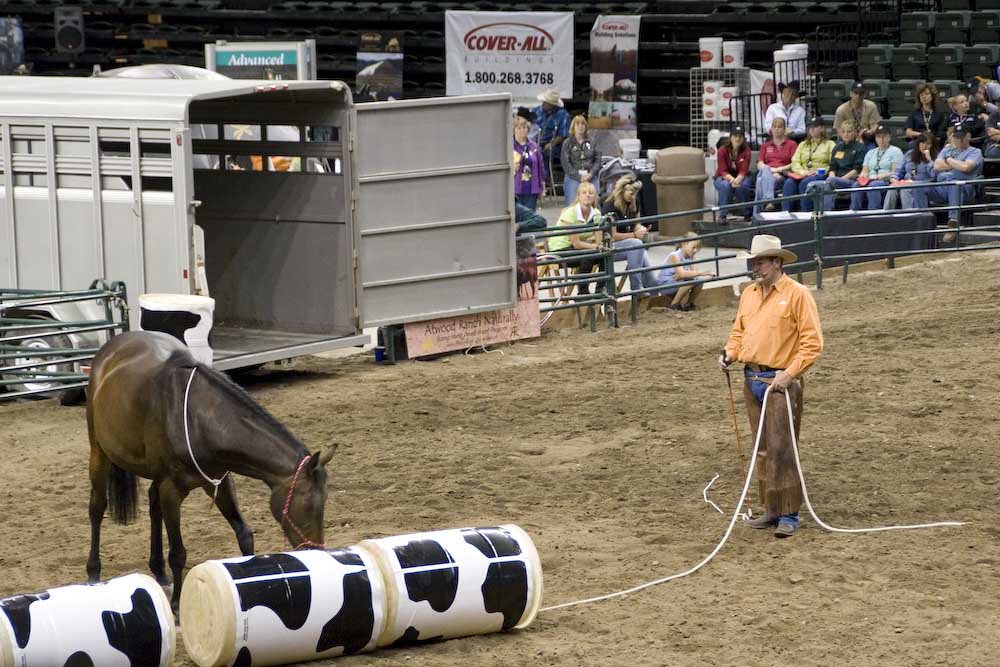
Creating bridges between known and unknown experiences helps horses transfer confidence from familiar situations to new challenges. This technique begins by identifying objects or experiences the horse already accepts comfortably—such as being touched by hands, groomed with certain tools, or wearing familiar equipment. You then introduce novel stimuli that share characteristics with these accepted items, creating a logical progression that feels less threatening. For example, a horse comfortable with being touched by hands might readily accept a soft cloth, which could progress to a small towel, then a larger towel with more movement, and eventually a flapping blanket. This method works because horses recognize patterns and categories, allowing them to generalize their acceptance from one item to similar ones. The technique respects the horse’s intelligence and learning ability by providing context for new experiences rather than presenting them as completely foreign encounters. Handlers can strengthen this approach by using the same verbal cues, body language, and handling techniques already associated with positive experiences, further reinforcing the connection between accepted and novel situations.
Systematic Desensitization to Sounds and Movements
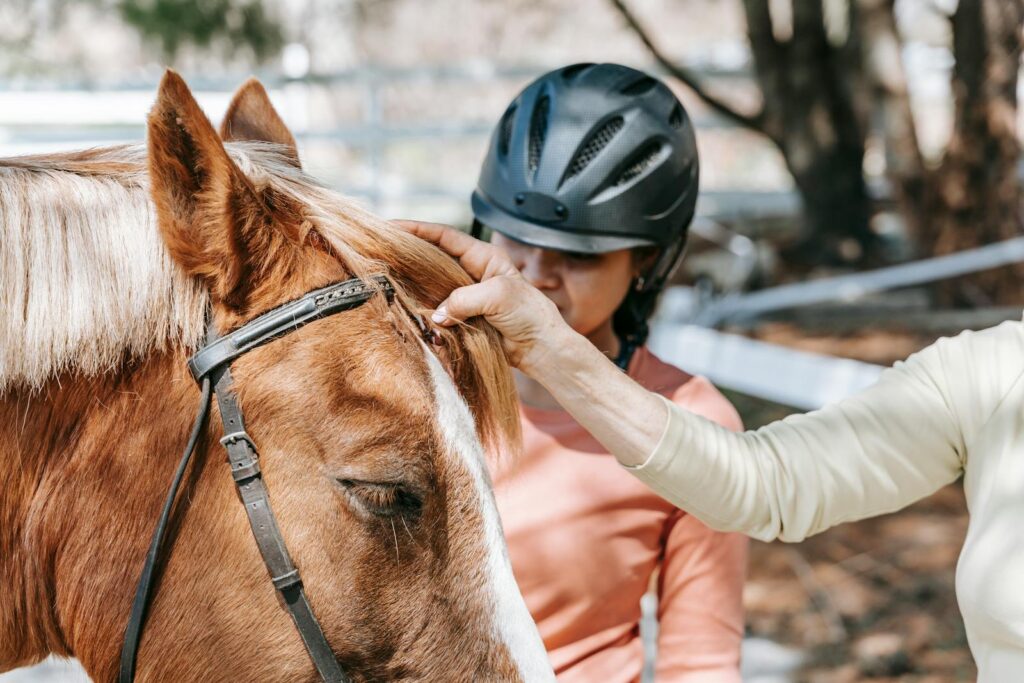
Acoustic and visual stimuli often trigger the strongest fear responses in horses due to their sensory adaptations as prey animals. Effective desensitization to these triggers involves breaking down complex stimuli into component parts that can be introduced separately before being combined. For sound desensitization, begin with recordings of triggering noises (such as machinery, thunder, vehicles, or applause) played at very low volumes, gradually increasing as the horse demonstrates comfort. Visual movement desensitization might start with stationary objects that later move slightly, progressively increasing motion until the horse accepts flapping, rolling, or rapidly moving items without concern. The sequence typically progresses from less threatening presentations (distant, quiet, slow, predictable) to more challenging ones (close, loud, fast, unpredictable) as the horse builds confidence. Combining sensory experiences should happen only after the horse accepts each component individually—for example, a horse should be comfortable with both the sight of tarps and the sound of tarps before experiencing a tarp flapping in the wind where both stimuli occur simultaneously. This methodical approach prevents overwhelming the horse’s sensory processing capabilities and builds a stronger foundation for generalization to real-world situations.
The Role of Physical Exercise in Reducing Reactivity
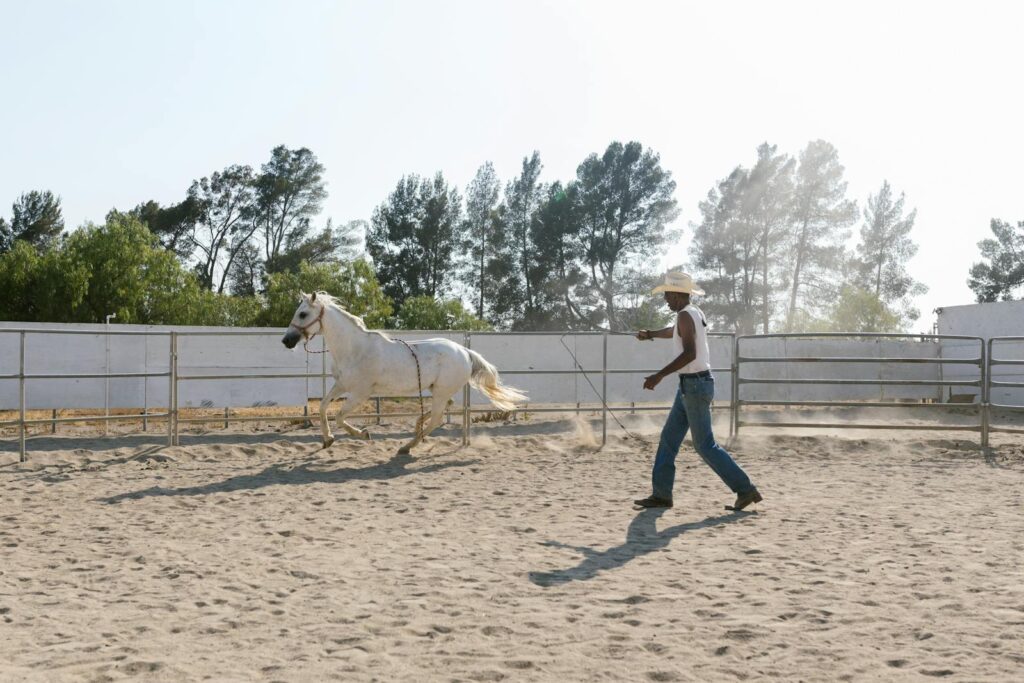
Incorporating appropriate physical exercise before desensitization sessions can significantly improve a horse’s ability to process potentially frightening stimuli. Moderate exercise reduces overall tension, releases endorphins that create a natural sense of well-being, and helps dissipate excess energy that might otherwise manifest as reactive behavior. The practice of “longeing for respect” or other controlled movement exercises establishes mental engagement and responsiveness before introducing challenging stimuli. This preparation activates the parasympathetic nervous system—responsible for “rest and digest” functions—which counterbalances the sympathetic “fight or flight” response triggered by fear. Importantly, the exercise should match the horse’s fitness level and be designed to create mental relaxation rather than physical exhaustion, as overtired horses can actually become more reactive due to stress hormones released during excessive exertion. The timing between exercise and desensitization work matters—most horses benefit from about 10–15 minutes of calm walking after more intensive movement before beginning desensitization work, allowing their systems to find optimal alertness without excessive arousal or fatigue.
Progressive Loading: Desensitization for Trailer and Transportation Fears

Trailer loading represents one of the most common and challenging desensitization scenarios, requiring a specialized approach that addresses multiple fear triggers simultaneously. Progressive loading begins by desensitizing the horse to the trailer as a stationary object—allowing them to approach, investigate, and become comfortable around it without the pressure of loading. The process then breaks down loading into incrementally rewarded steps: standing near the trailer, placing one foot on the ramp, placing two feet on the ramp, standing calmly with the front feet in the trailer, and so forth. Each successful step receives immediate positive reinforcement, creating a clear path of achievement the horse can follow. This technique incorporates spatial desensitization (confined spaces), auditory desensitization (unusual sounds in the trailer), tactile desensitization (different footing on the ramp and inside the trailer), and movement desensitization (the sensation of the trailer moving). Success depends on never rushing the process or forcing compliance, as doing so could create deeper transportation anxiety and lead to more dangerous resistance in future loading attempts. A properly desensitized horse doesn’t merely tolerate loading but willingly enters the trailer with confidence, having learned that transportation predicts neutral or positive experiences rather than danger.
Group Desensitization: Using Confident Horses as Models
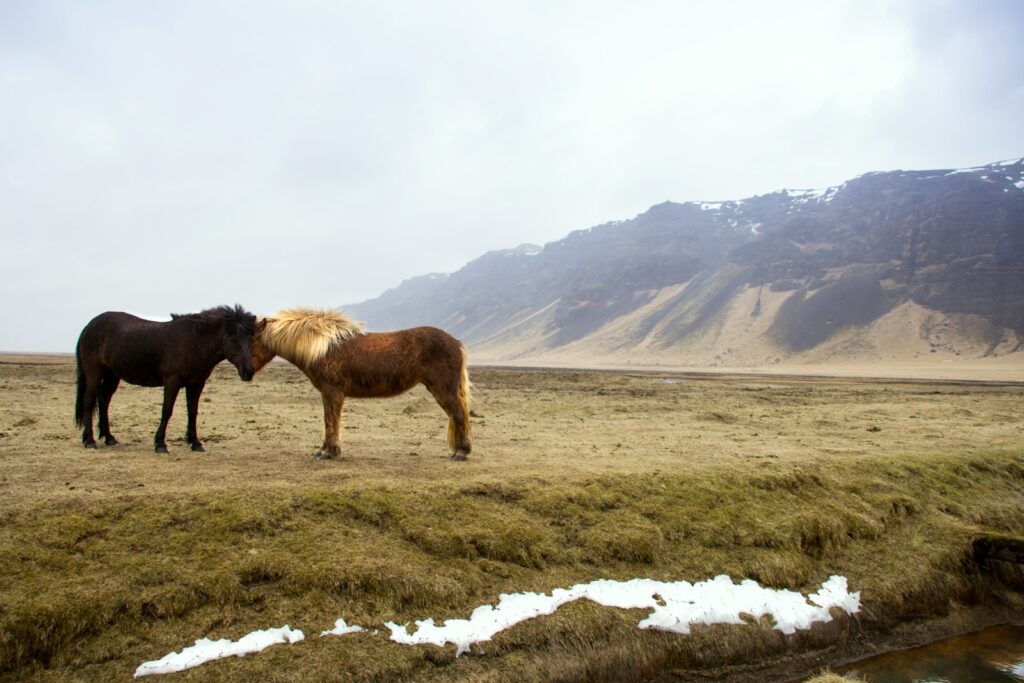
Horses are highly social animals that naturally look to herd members for cues about environmental safety, a characteristic trainers can leverage through “modeling” or the “buddy system” desensitization. This approach pairs an anxious horse with a calm, experienced horse that demonstrates appropriate, non-fearful responses to potentially frightening stimuli. The confident horse serves as both a security figure and a behavioral model, whose composure around scary objects communicates that no threat exists. Research in equine behavior confirms that horses learn complex tasks more readily through observation than through trial and error alone, a process called “social learning” that applies equally to emotional responses like fear. Initially, the horses may be worked in adjoining areas where the anxious horse can observe the calm horse’s interactions with novel objects before being asked to approach those objects themselves. As confidence builds, the handler can progressively increase the anxious horse’s exposure while decreasing dependence on the model, eventually fostering independent confidence. This method proves particularly effective for young horses or those with generalized anxiety rather than specific trauma-based fears, as it harnesses their natural tendency to align their behavior with herd members.
Managing Setbacks and Plateau Periods in Desensitization
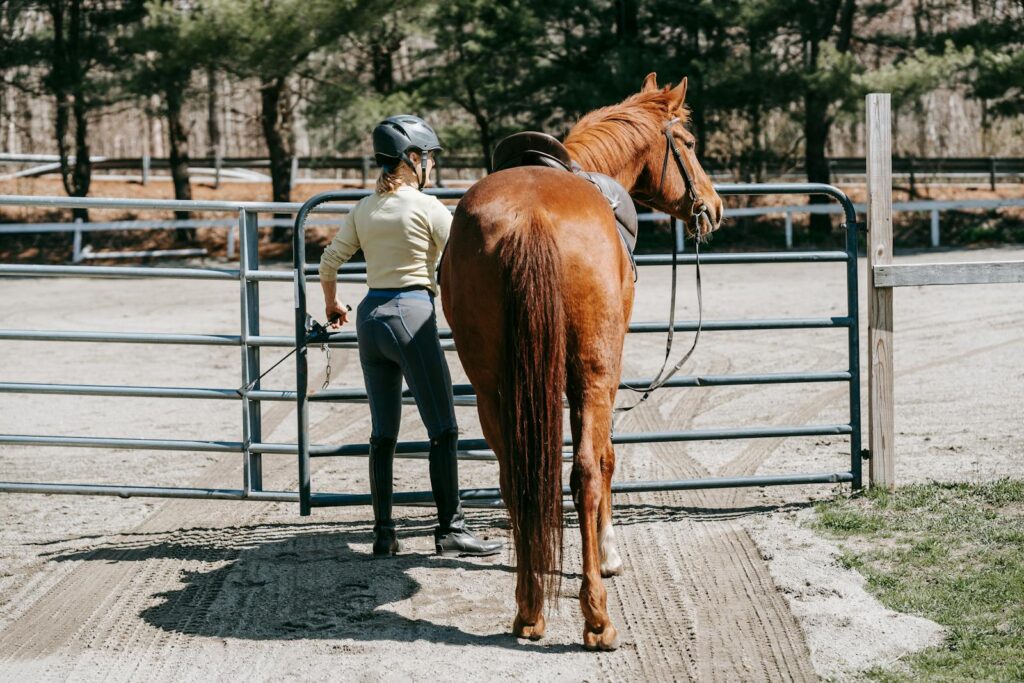
Progress in desensitization rarely follows a linear path, making strategies for handling inevitable setbacks crucial for long-term success. Regression often occurs when horses encounter previously mastered stimuli in new contexts, during times of physical stress (such as illness, injury, or hormonal changes), or following frightening experiences unrelated to training. When setbacks occur, resist the urge to push forward—instead, temporarily return to earlier, more comfortable stages of exposure where the horse can rebuild confidence before advancing again. Plateau periods—where progress seems stalled despite consistent work—require objective assessment to determine whether the current approach needs modification or simply more time for neural pathways to strengthen. During these phases, varying the context while maintaining the same exposure level often proves more beneficial than increasing intensity, allowing the horse to generalize their learning across different environments, times of day, or handler positions. Document both setbacks and plateaus in your training records, noting potential triggers and effective countermeasures, as this often reveals patterns that inform more effective training strategies. Remember that apparent setbacks frequently precede significant breakthroughs, representing the horse processing and integrating new learning at a deeper level.
Medication and Supplementation Considerations
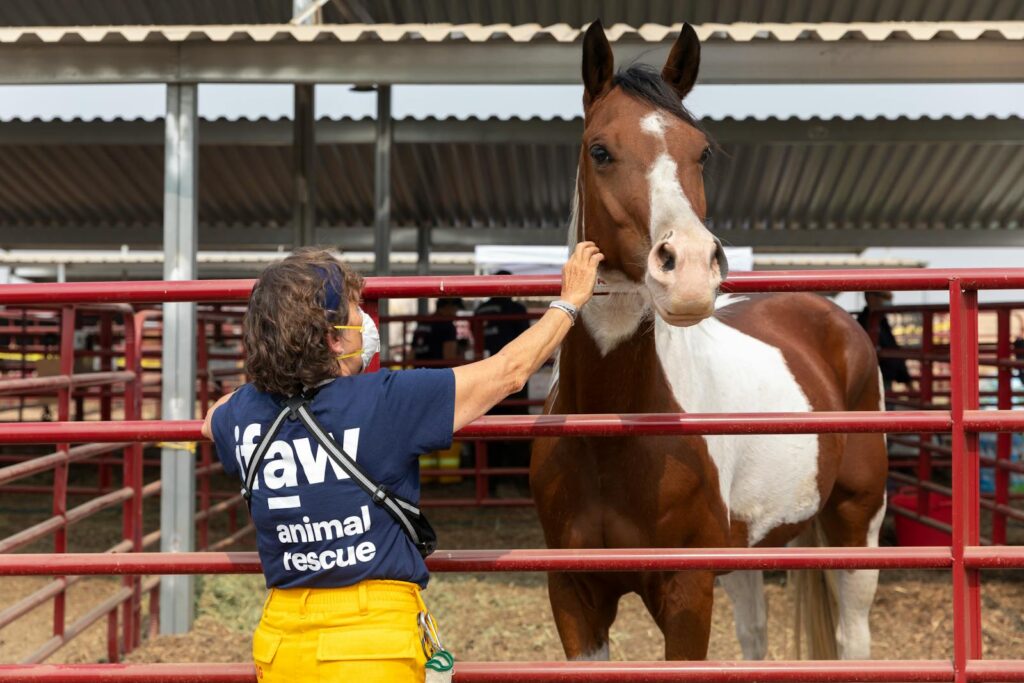
In cases of severe anxiety or phobia that significantly impair a horse’s quality of life or create dangerous handling situations, veterinary intervention may provide a valuable adjunct to behavioral desensitization techniques. Prescription medications such as selective serotonin reuptake inhibitors (SSRIs), tricyclic antidepressants, or situational anxiolytics can temporarily reduce a horse’s baseline anxiety, creating a window where behavioral training can be more effective. These medications do not eliminate natural caution but can reduce extreme reactions that prevent learning, allowing the horse to experience that feared stimuli are not actually harmful. Nutritional supplements containing ingredients like magnesium, L-theanine, tryptophan, or adaptogenic herbs show promising research support for moderating stress responses in some horses, though effects vary significantly between individuals. Any pharmacological or supplementary approach should occur under veterinary supervision with clear parameters for usage duration and gradual tapering as behavior improves. The goal remains to teach the horse to self-regulate rather than relying on chemical management, with medication serving as a training aid rather than a permanent solution. Ethical considerations include ensuring the horse maintains appropriate awareness of genuine dangers while reducing pathological reactions to harmless stimuli.
When to Seek Professional Help
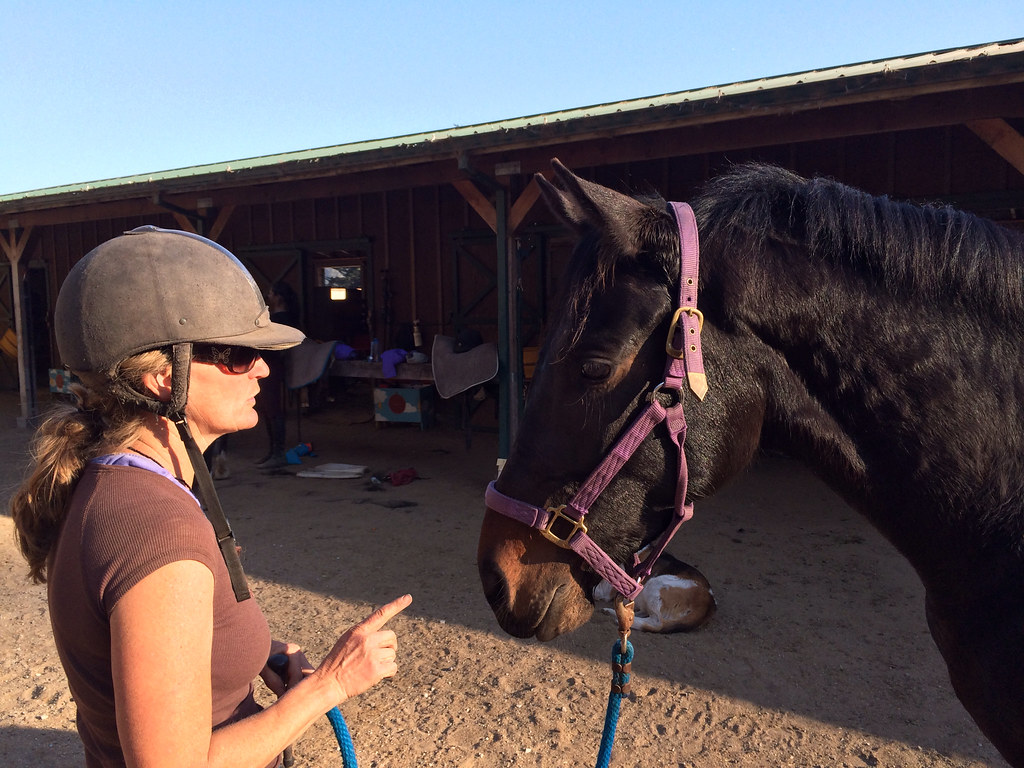
While many horse owners can successfully implement basic desensitization techniques, certain situations warrant professional intervention from qualified trainers, behaviorists, or veterinarians. Consider seeking expert help when horses display dangerous behaviors such as striking, rearing, or bolting during desensitization attempts, as these reactions pose risks to both the horse and the handler. A professional assessment is also appropriate when a horse’s fear responses fail to improve despite consistent, appropriate training efforts over several weeks, which may indicate underlying physical pain, neurological issues, or vision problems contributing to reactivity. Specialists provide an objective perspective, identifying subtle factors that may be overlooked by owners and creating customized training plans tailored to the horse’s specific needs.

